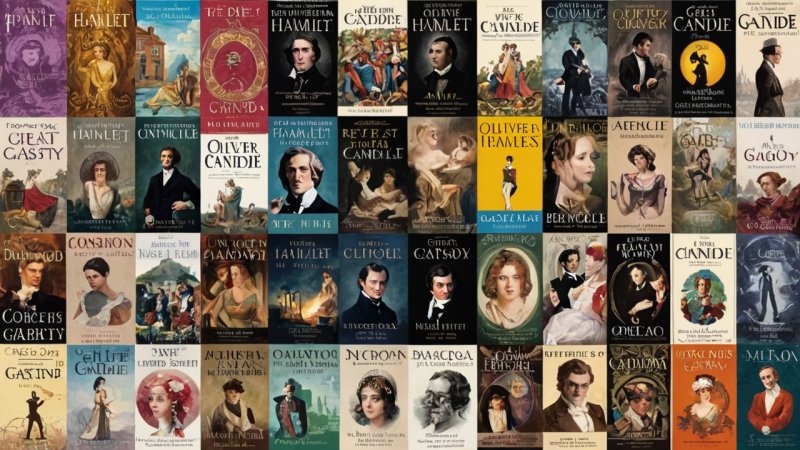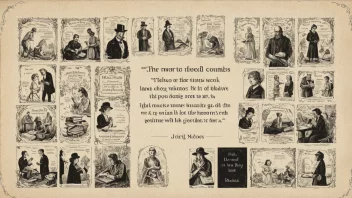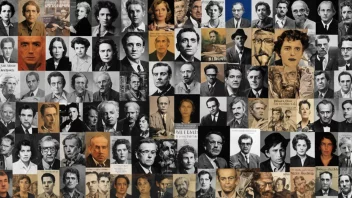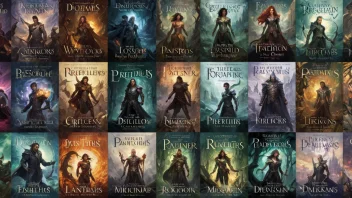Throughout literary history, certain books have not only captured the imagination of readers but have also shaped the cultural and social landscapes of their times. These classics serve as a reflection of the values, struggles, and aspirations of the society in which they were written. In this article, we explore some of the classic books that have defined their eras, examining their themes, historical context, and the lasting impact they have had on literature and culture.
The Renaissance and the Birth of Humanism
The Renaissance marked a significant shift in European thought and culture, emphasizing humanism, individualism, and a return to classical ideals. One of the most influential works from this period is Hamlet by William Shakespeare.
Hamlet: A Reflection of the Human Condition
Written in the early 17th century, Hamlet explores complex themes of revenge, madness, and moral ambiguity. The character of Hamlet embodies the struggles of the Renaissance man, caught between action and inaction, reason and emotion. Shakespeare’s exploration of the human psyche resonates deeply with readers, making this play a timeless reflection of human nature.
The Enlightenment and the Rise of Reason
The Enlightenment was characterized by an emphasis on reason, science, and individual rights. Works from this era challenged traditional authority and sought to empower the individual. A quintessential example is Candide by Voltaire.
Candide: Satire and Social Critique
Published in 1759, Candide is a biting satire that critiques the optimistic philosophy of the time, epitomized by the character Pangloss, who believes that "all is for the best in the best of all possible worlds." Through Candide’s misadventures, Voltaire addresses the harsh realities of life and the folly of blind optimism, making this work a foundational text of Enlightenment thought.
The Romantic Era and the Celebration of Emotion
The Romantic era embraced emotion, nature, and the individual experience. It was a reaction against the rationalism of the Enlightenment and sought to explore the depths of human feeling. A prominent work from this period is Pride and Prejudice by Jane Austen.
Pride and Prejudice: Social Commentary and Individual Desires
Published in 1813, Pride and Prejudice delves into themes of class, marriage, and morality. Austen’s keen observations of societal norms and her exploration of the inner lives of her characters highlight the tension between individual desires and social expectations. The novel’s enduring popularity is a testament to its rich character development and keen social insights.
The Industrial Revolution and Its Discontents
The Industrial Revolution brought about significant social and economic changes, leading to a new class structure and urbanization. Charles Dickens captured the struggles of this era in his novel Oliver Twist.
Oliver Twist: A Critique of Social Injustice
First published in 1837, Oliver Twist tells the story of a young orphan navigating the harsh realities of life in Victorian England. Through Oliver’s experiences, Dickens exposes the grim conditions of the poor and critiques the social injustices of his time. The novel’s vivid characters and poignant themes continue to resonate with readers today.
The Modernist Movement and the Quest for Meaning
In the early 20th century, the Modernist movement emerged as a response to the disillusionment brought on by World War I and rapid societal changes. A seminal work from this period is The Great Gatsby by F. Scott Fitzgerald.
The Great Gatsby: The American Dream Unraveled
Published in 1925, The Great Gatsby explores themes of wealth, class, and the American Dream. Through the tragic figure of Jay Gatsby, Fitzgerald critiques the moral decay and emptiness that often accompany the pursuit of material success. The novel’s lyrical prose and rich symbolism have cemented its status as a classic that captures the spirit of its era.
The Postmodern Era and the Challenge of Meaning
Postmodern literature emerged in the latter half of the 20th century, characterized by a questioning of narratives and an exploration of identity. One of the most notable works is Beloved by Toni Morrison.
Beloved: The Legacy of Slavery
Published in 1987, Beloved addresses the haunting legacy of slavery in America. Through the story of Sethe, a former slave, Morrison delves into themes of memory, trauma, and the struggle for identity. The novel’s innovative narrative structure and profound emotional depth challenge readers to confront the painful history of race in America, making it a powerful and essential work of literature.
Conclusion
Classic books are more than mere stories; they are reflections of the eras in which they were written, encapsulating the values, struggles, and aspirations of their times. From the humanist explorations of Shakespeare to the poignant critiques of social injustice by Dickens and the profound questions of identity posed by Morrison, these works continue to engage and challenge readers. By understanding the historical and cultural contexts of these classics, we can appreciate their enduring relevance and the ways in which they have shaped our literary landscape.






